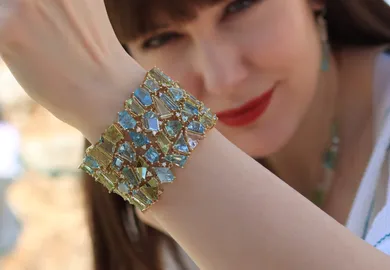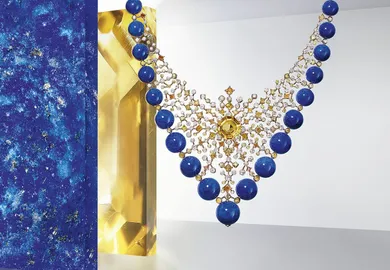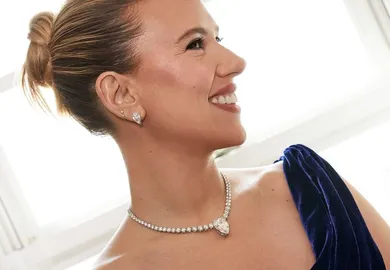

Emeralds: Simple Rules for Caring for Your Precious Stone
If you find yourself buying a piece of jewellery set with an emerald, you will no doubt have paid particular attention to its colour, transparency, carat weight and certificate. But does this mean that you are armed with enough knowledge to guarantee your jewel will bring you joy for years to come? Not exactly! It is one thing to analyse the quality of a jewel or stone and quite another to understand the nuances of care that will ensure its longevity and prevent the stone from becoming damaged.
One of the characteristic features of emeralds is that they naturally contain inclusions and microcracks. The reason is that there are no alluvial deposits of emeralds anywhere in the world and the process of uncovering them beneath the Earth entails exploding hard rocks, as well as making use of various mining tools and machines. Crushing the extracted ore, meanwhile, allows it to be broken into pieces and brought to the surface, where the valuable green specimens can be sorted out.
This story is available to Katerina Perez Club members.
Monthly Subscription
£15/month
Billed monthly. Cancel anytime.
Annual Subscription
£11/month
Billed as £132/year
Already have an Account?
Related Articles
Latest Stories
Add articles and images to your favourites. Just

Reinventing Royalty:The European-Inspired Luxury Behind Isabel Gemology
I started 2025 with a series of articles titled ‘Jeweller of the Month’ to highlight the true talent among niche designers in the jewellery industry. For May, it is Isabel Delgado, the founder of Isabel Gemology, who I would like to shine the spotlight on.
Jewels Katerina Perez Loves
Continue Reading

Writing Adventures:Co-Authoring the Book
Paraiba: The Legacy of a Color
Brand Focus: Cartier
Jewellery Insights straight to your inbox











































